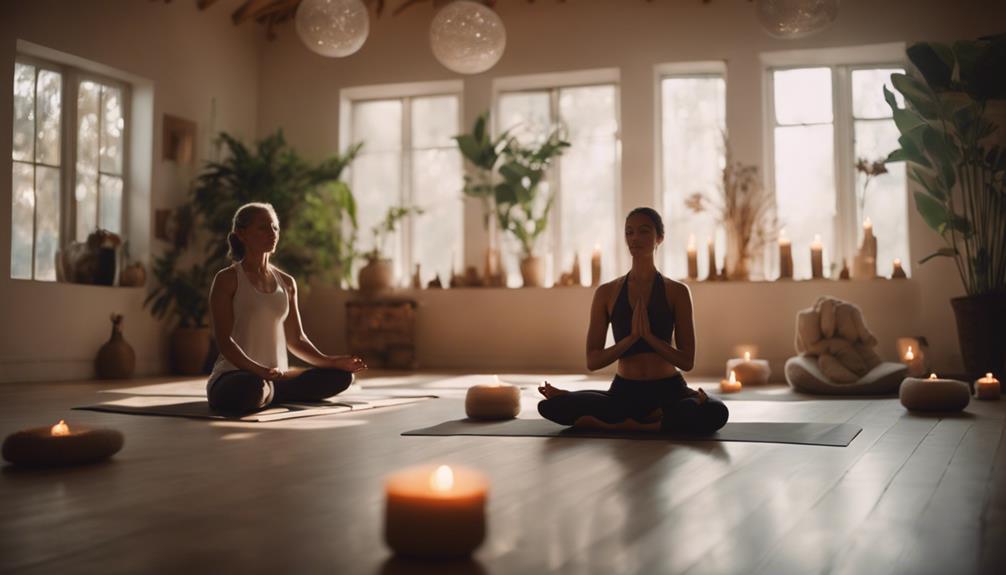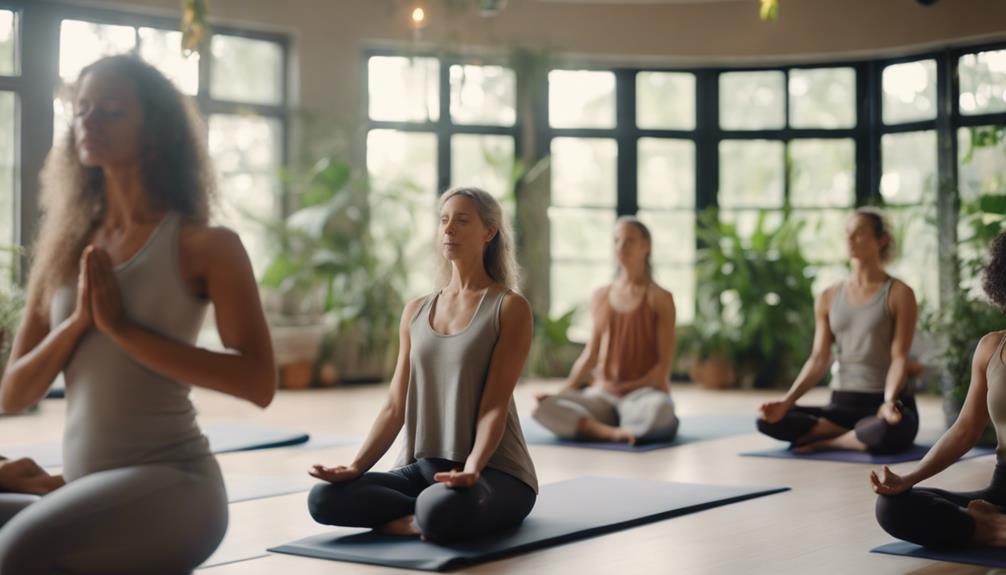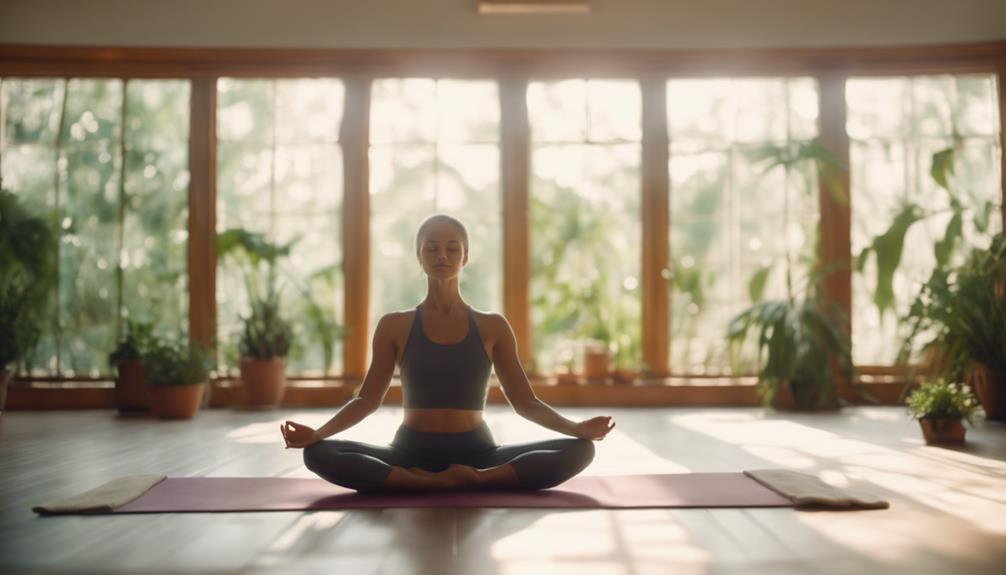Yoga has transformed into a well known kind of movement and relaxation for certain people all around the planet. It further creates flexibility and strength, yet also progresses mental clearness and mindfulness. However, with such incalculable different kinds of yoga to peruse, it will in general be overwhelming trying to figure out where to start. Every sort of yoga offers uncommon benefits and spotlights on different pieces of the mind and body, making it essential to fathom the qualifications to find the practice that best suits your prerequisites.
1. the fundamentals of yoga and how it can help the mind, body, and spirit.
Yoga is an old practice that began in India centuries earlier. It is a far reaching method for managing thriving that joins physical postures, breathing techniques, meditation, and mindfulness to progress for the most part health and balance. “Yoga” comes from the Sanskrit word “yuj,” and that means to combine or join, addressing the relationship between the mind, body, and spirit.
One of the basic pieces of yoga is its ability to help the physical body, yet also the mind and spirit. Through the practice of yoga, individuals can chip away at their flexibility, strength, and balance, as well as reduce stress, anxiety, and despair. Yoga assists with calming the mind, increase awareness, and foster a sensation of inner harmony. By focusing on the breath and being accessible at that point, yoga assists us with giving up distractions and negative thoughts, considering more unmistakable clearness and mental flourishing.
The physical postures, or asanas, practiced in yoga help to stretch and strengthen the muscles, further foster posture, and augmentation flexibility. By moving the body in different ways, yoga can lighten pressure, further foster dispersal, and advance relaxation. The practice of asanas likewise assists with additional creating balance, coordination, and body awareness. Through solid practice, individuals can encourage physical strength and flexibility, as well as upgrade their general sensation of thriving.
Breathing techniques, or pranayama, are a fundamental piece of yoga practice. Through mindful breathing, individuals can deal with their energy, calm the mind, and decline stress. Breathing exercises can assist with growing oxygen flow to the brain, further foster lung ability, and advance relaxation. By focusing on the breath and arranging it with movement, individuals can upgrade their ability to manage emotions, decrease anxiety, and addition mental clarity.
Meditation and mindfulness are likewise key parts of yoga practice that assistance to foster mental fixation and emotional balance. Through meditation, individuals can quiet the mind, increase mindfulness, and cultivate a deeper relationship with their inner characters. By practicing mindfulness, individuals can sort out some way to be accessible at that point, notice their examinations and emotions without judgment, and foster a sensation of internal harmony and affirmation. Meditation and mindfulness can assist with diminishing stress, advance emotional success, and work on commonly mental health.
For the most part, the practice of yoga offers a thorough method for managing success that helps the mind, body, and spirit. By incorporating physical postures, breathing techniques, meditation, and mindfulness into everyday practice, individuals can deal with their physical health, mental clarity, and emotional balance. Yoga gives a pathway to self-divulgence, mindfulness, and self-transformation, assisting individuals with living even more totally and truly. Whether you are wanting to chip away at your flexibility, decline stress, or foster inward harmony, yoga offers an enormous number of benefits for all ages and limits.
2. Hatha Yoga: the most well known kind of yoga that bright lights on physical postures and breathing exercises.
Hatha yoga is the most notable kind of yoga practiced by an enormous number of people all over the planet. This style of yoga bases on physical postures, known as asanas, and breathing exercises, known as pranayama. A gentle and slow-paced practice is sensible for all levels of fitness and flexibility.
In Hatha yoga, the postures are held for a particular timeframe to build strength, flexibility, and balance in the body. These postures are expected to chip away at the alignment of the body and assist with easing up physical distress. Through the practice of asanas, experts can interact with their bodies and foster a sensation of internal calm and success.
Breathing exercises are a critical piece of Hatha yoga. Pranayama techniques help to guide the breath and convey awareness to the ongoing second. By focusing on the breath, specialists can calm the mind, decline stress, and augmentation energy levels. Pranayama moreover assists with additional creating lung ability and upgrade overall respiratory health.
Hatha yoga is a far reaching practice that gets physical movements together with mental fixation and breath awareness. A gentle kind of movement can help the body, mind, and spirit. Ordinary practice of Hatha yoga can additionally foster flexibility, strength, balance, and coordination. It can likewise assist with diminishing stress, anxiety, and distress.
One of the basic guidelines of Hatha yoga is balance. The practice of yoga is connected to finding balance among effort and straightforwardness, strength and flexibility, and activity and relaxation. By fostering this sensation of balance in the body, experts can make a more conspicuous sensation of harmony in their lives.
Hatha yoga is an adaptable practice that can be changed to suit the necessities and limits of each and every individual. It might be practiced at home, in a studio, or outside. The principal equipment required is a yoga mat, comfortable dress, and an open viewpoint. Whether you are a fledgling or a cultivated yogi, Hatha yoga offers something for everybody.
3. Vinyasa Yoga: a more special and flow-based style of yoga that synchronizes movement with breath.
Vinyasa yoga is a style of yoga that bright lights on flowing movements that are synchronized with the breath. This style of yoga is habitually suggested as “flow” yoga because of the diligent movement beginning with one pose then onto the following. “Vinyasa” implies “to place in an outstanding way” in Sanskrit, which underscores the point behind each movement and the relationship among breath and movement.
In Vinyasa yoga, the practice is dynamic and fluid, allowing specialists to move reliably beginning with one pose then onto the following. This consistent flow makes a sensation of meditation in motion, as students base on each breath and movement to make a harmonious musicality all through the practice.
One of the basic features of Vinyasa yoga is the consideration on associating breath with movement. In each Vinyasa class, students are coordinated to move with their breath, breathing in as they move into a pose and breathing out as they change to the accompanying. This synchronization of breath and movement assists students with deepening their practice and stay present at that point.
Another piece of Vinyasa yoga is the complement on changes between poses. In a Vinyasa class, students are encouraged to move with elegance and perfection, paying thought in regards to the nuances of each advancement. This fastidiousness prevents injury as well as grants students to foster mindfulness and awareness all through their practice.
Vinyasa yoga offers a wide variety of poses and groupings, making each class unprecedented and securing. Teachers have the flexibility to setup classes that suit the necessities and limits of their students, uniting different poses, progressions, and subjects to make a balanced practice.
One of the upsides of Vinyasa yoga is its ability to build strength, flexibility, and constancy. The consistent movement beginning with one pose then onto the following challenges the body and mind, assisting students with making physical and mental flexibility. Additionally, the accentuation on breath and movement can assist with reducing stress, further foster concentration, and augmentation mindfulness.
Vinyasa yoga is sensible for specialists of all levels, from tenderfoots to state of the art students. Teachers habitually give changes and assortments to oblige students with different limits and cutoff points, making it open to an enormous number of subject matter experts.
For the most part, Vinyasa yoga is a dynamic and flow-based style of yoga that offers a phenomenal and transformative practice. By synchronizing breath with movement, focusing on changes, and combining different poses and groupings, Vinyasa yoga gives a troublesome yet repaying experience for students expecting to deepen their practice and foster mindfulness on and off the mat.




